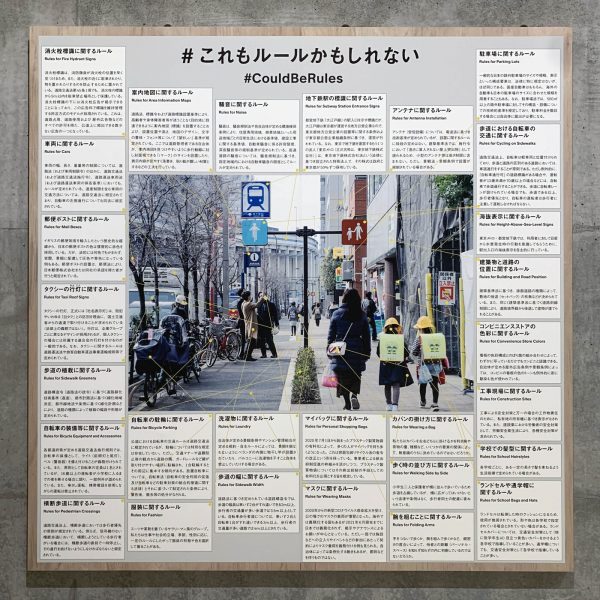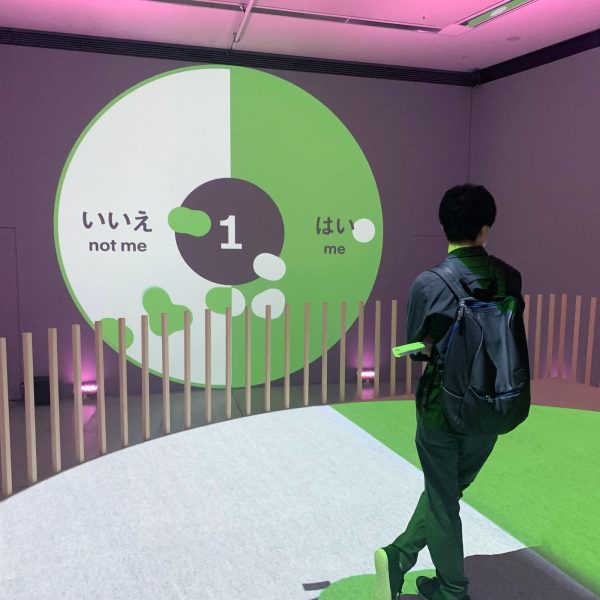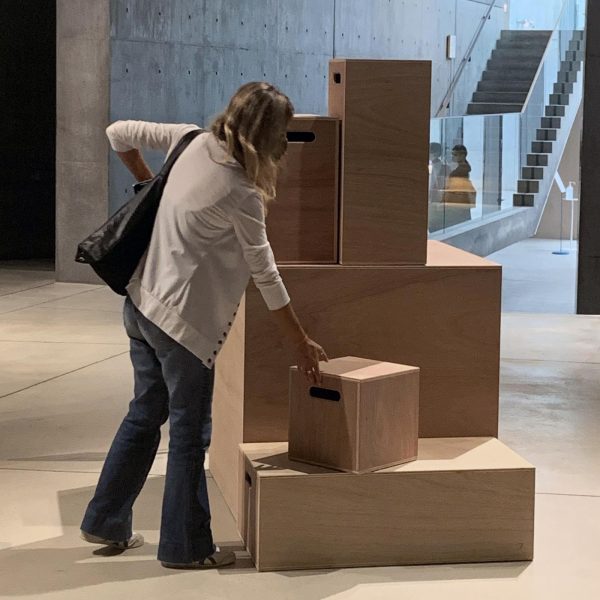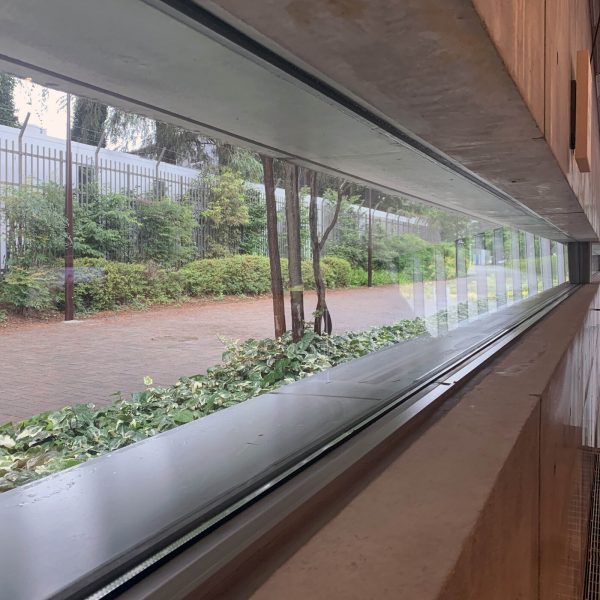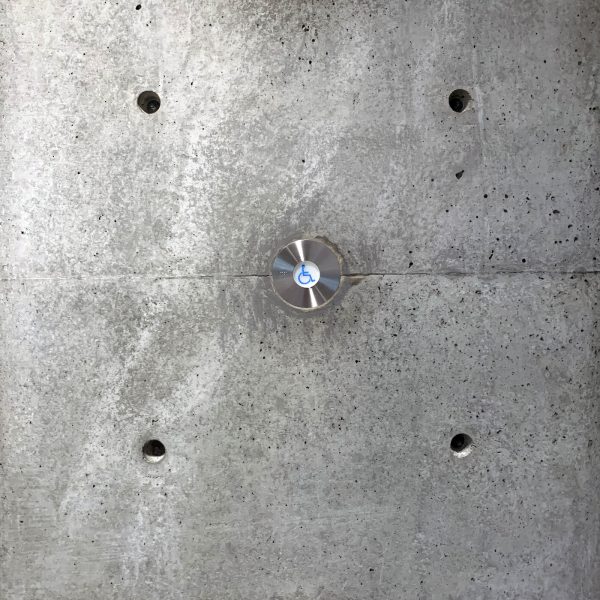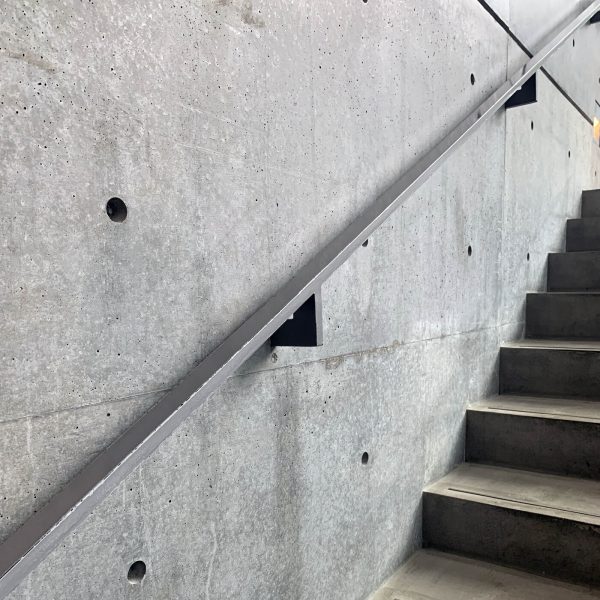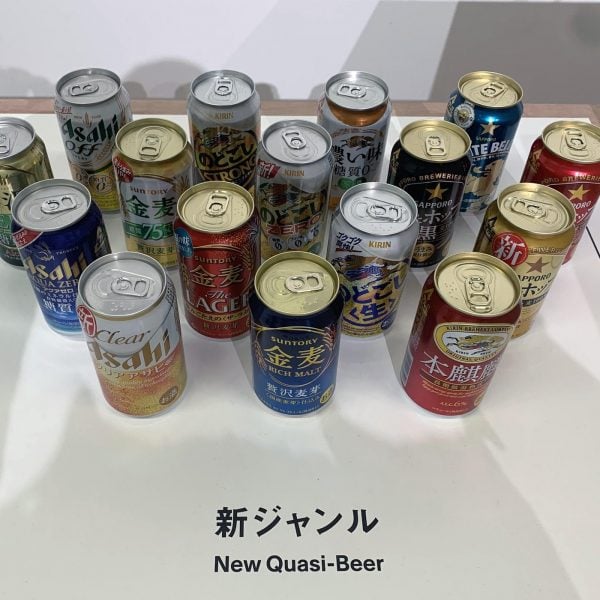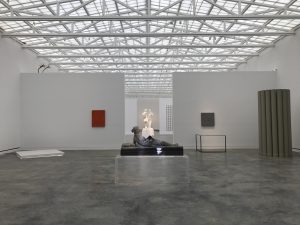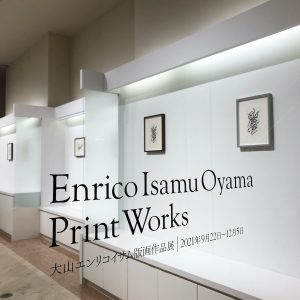Sometimes the excess of rules and the consequent pressure can harm people's happiness and wellbeing
Don't blow your nose in public. Don't eat on the run. Cover your tattoos. This is just a taste of the rules that everyone needs to obey when in Japan. When in Rome, do as the Romans do.
Rules are the pillars of civilization. Rules keep human communities strong and guarantee the wellbeing and safety of individuals. Rules are intimately linked to the cultures and traditions of each place in each country of the World. Nevertheless, sometimes the excess of rules and the consequent pressure can harm people's happiness and wellbeing. Let's take the case of Japan. The land of the rising sun ranks second after Canada in the list of the Best Countries in the World. However, if we consider the only parameter of "urban happiness" - according to the 2020 World Happiness Report commissioned by the United Nations - Japan holds a low position (62nd) in the list of all the countries analyzed.
Despite the high standards of the Japanese social, urban, and natural environments, the reasons probably lie in the lack of a sense of freedom generated by the excess of rules. This condition is shared with other countries worldwide (such as Australia or Singapore). Here, the abundance of regulations (and the assurance of punishment) guarantees clean, safe, and functional cities, but often to the detriment of the happiness of individuals. Finding a balance between the rules and the freedom (or at least the illusion of choice) of individuals is a crucial challenge shared by all countries.
Our lives are marked by a continuous tension between freedom and rules, instinct and rationality. This tension becomes pressure in Japan, where compliance with the regulations is the foundation of community and the bond between the people. The new exhibition "Rules?" at the 21_21 DESIGN SIGHT takes its cue from these premises, examining rules' role and effects in our daily lives. Directed by a multidisciplinary team - composed of a lawyer (Tasuku Mizuno), a cognitive designer (Syunichi Suge), and curator Miyuki Tanaka – the exhibition features stimulating and interactive installations that suggest innovative ways to create and use the rules in our contemporary society.
The architecture of the museum itself becomes part of this exhibition. The 21_21 DESIGN SIGHT - designed by Tadao Ando + Nikken Sekkei Ltd and inspired by Issey Miyake's "A Piece of Cloth" - condenses innovative architectural solutions derived from rules. Yasutaka Yoshimura, with its Laboratory at Waseda University, analyzes all those details - rarely noticed by the general public - that show the endless war between design and rules.
For example, the horizontal glass sheets along the concrete façade. Each sheet is 11.5 m long, the maximum size transportable by road and the largest size possible in Japan. Still, the degree of slope on the staircase walls is 1:2, and it is determined by the diagonal split line of formwork plywood panels. These and many other exciting facts demonstrate the architects' merit and talent in creating beautiful structures under the rules imposed by law or by simple common sense.
"Who else if not You?" is the title of another section, based on "100% Tokyo," a theater performance presented in 2013. The goal of that show was to turn statistics into a theatre. Similarly, this exhibition section involves the visitors in an interactive performance that helps to understand the current Japanese society.
Once entered on the stage, people are asked different questions through a screen. The subjects shift from light topics to heavy topics, such as personal feelings or religious beliefs. By simply changing their position on the stage, guests can answer specific questions without the pressure of verbal communication. The result is a breathtaking experience that helps us to understand the persons who surround us every day. One of the questions asked when I visited the exhibition was related to the last year of the pandemic. Surprisingly enough, most of the guests answered that 2020 was a "year of growth."
Another section is dedicated to the objects "shaped by regulations." Every item we use in our daily lives is affected by laws that govern its form, material, duration, etc. For example, let's consider the drones, whose form and size are derived from the maximum weight allowed by law to drive them without a license. Or the Quasi-Beer, a new type of beer created to avoid the imposition of specific taxes.
The exhibition closes with a disturbing (but fascinating) section entitled "DEAD (Digital Employment After Death)." Even though it recalls a dystopian film, DEAD offers an ingenious service to allow people to talk with their deceased loved ones. Using personal data collected with the family's permission, the system called "Deepfake" can create a digital clone and revive the dead.
"Just try to imagine a world without laws, and it should be self-evident that rules are essential to our society. Why, then, do we feel so inconvenienced by them?" says the co-curator Tasuku Mizuno. "I believe this is because we are not involved in making the rules, or at least because we don't feel like we are involved in making them. As a lawyer, I want laws and other rules to be something that grants us more freedom". This exhibition invites people to rethink their feelings towards the rules and to adopt a new perspective. Rules can be exciting, especially when talking in terms of design and creativity. We only need a bit of flexibility.

 English
English 日本語
日本語

